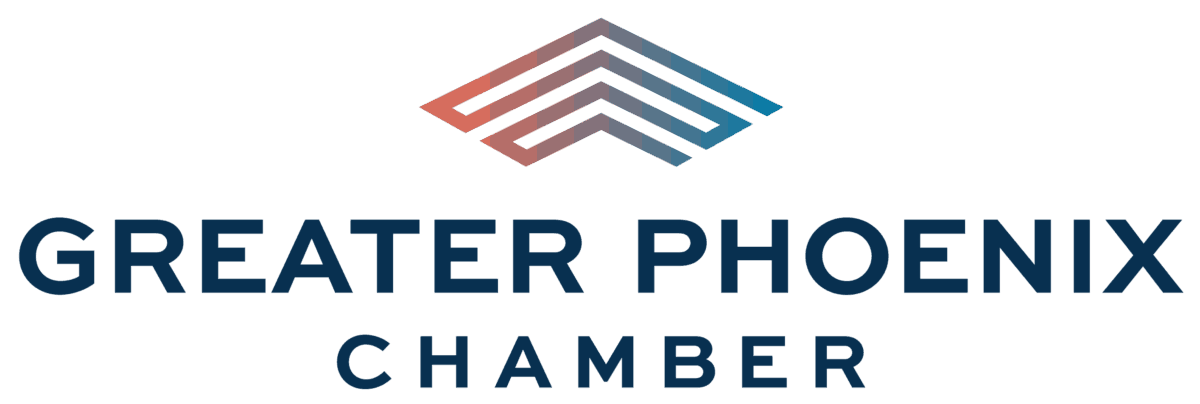On July 4, 2025, President Trump signed the One Big Beautiful Bill (OBBB) into law. At nearly 900 pages, this sweeping reform package revives many provisions of the 2017 Tax Cuts and Jobs Act (TCJA) while introducing extensive changes to taxation, benefits, payroll, and compliance. For HR leaders and executives, the OBBB (which we fondly call “the oh-triple-bee”) represents one of the most significant shifts in workforce-related policy in nearly a decade.
Why It Matters
The OBBB was designed to prevent a substantial tax increase that would have taken effect as many TCJA provisions expired. Crafted by ten Senate committees, the bill weaves together complex reforms across multiple areas, from capital investment incentives to employee benefits. These changes encourage businesses to invest in growth and capital improvements while mitigating upcoming tax burdens.
Beyond tax reform, the bill also expands funding for agencies such as U.S. Immigration and Customs Enforcement (ICE), signaling heightened scrutiny for employers. Increased enforcement and reporting obligations mean that businesses must be proactive in reviewing internal compliance, particularly around employment eligibility and payroll documentation.
Benefits of the One Big Beautiful Bill for Arizona
The OBBB delivers meaningful financial gains for Arizona families, workers, and employers. The White House estimates that wages in Arizona could rise by an inflation-adjusted range of $3,800 to $6,800 over the next four years, while a typical family with two children may see a take-home pay increase by $7,400 to $10,600.
Specific workforce impacts highlight how the bill touches different segments of Arizona employees. Approximately 3% of the state’s workforce—primarily employees in tipped occupations such as hospitality and food service—will benefit from the “No Tax On Tips” provision. Around 23% of employees who regularly earn overtime pay will gain from the “No Tax On Overtime” provision, providing additional financial relief for families in high-demand roles. Seniors also see advantages, with roughly 1.3 million older Arizonans potentially benefiting from the no-tax-on-social-security provision, strengthening retirement security and disposable income.
For Arizona employers, these gains translate into opportunities to enhance recruitment and retention strategies. Higher take-home pay and financial stability among employees can increase engagement and satisfaction, while new federal provisions (such as expanded childcare credits, paid family and medical leave incentives, and student loan repayment assistance) allow businesses to bolster total rewards packages. Taken together, the OBBB positions Arizona companies to remain competitive in a tight labor market, offering both employees and employers tangible benefits.
Payroll and Wage Impacts
One of the most immediate changes for employers involves how wages and tips are reported. The OBBB allows employees in tipped occupations to deduct up to $25,000 in qualified tip income. Similarly, employees may deduct up to $12,500 in federally required overtime pay ($25,000 for joint filers), though only the premium portion of overtime qualifies. Employers are required to track and report these amounts separately and must furnish statements detailing occupation and earnings. However, the IRS has indicated that the applicable tax forms (W2s and 1099s) will not change this year. Payroll systems will need updates to accommodate these requirements starting with the 2025 tax year, making early planning critical.
Benefits Enhancements
The OBBB expands opportunities for employers to strengthen employee benefits. The dependent care flexible spending account (FSA) contribution limit rises to $7,500 ($3,750 for married filing separately) beginning in 2026, while the employer childcare credit is increased to cover up to 40% of childcare costs (50% for small businesses), with caps of $500,000 and $600,000 respectively. Eligible expenses include on-site childcare facilities, partnerships with licensed providers, and training or scholarships for childcare staff, creating new avenues to support working families and enhance recruitment and retention.
Paid Family and Medical Leave (PFML) is also expanded. Tax credits now apply not only to wages paid during leave but also to insurance premiums for PFML coverage, and employees become eligible after just six months of service. Even employers with low utilization rates can benefit from offering PFML, strengthening their total rewards strategy.
Education-related benefits are similarly bolstered. 529 accounts can now fund vocational programs, professional certification exams, and apprenticeships, while employers may provide up to $5,250 per year in tax-free student loan repayment assistance on a permanent basis. These changes enable employers to support both current and future talent in meaningful ways.
Executive Compensation and Reporting Changes
The OBBB introduces significant adjustments to executive compensation rules. For public companies, the $1 million cap on deductible executive pay expands in 2027 to include the CEO, CFO, the next eight highest-paid executives, and any employee previously covered under this rule since 2017. Nonprofits will also see increased tax exposure, as the 21% excise tax on compensation above $1 million applies to any employee exceeding that threshold, not just top executives. Boards and HR leaders should review pay structures and incentive programs to prepare for these changes.
Additional reporting requirements include higher 1099 thresholds, expanded health savings account (HSA) compatibility, and the introduction of new IRA-style accounts for children (Trump Accounts – yes that’s the actual name), allowing employer contributions up to $2,500 annually starting in 2026. Employers should also prepare for increased immigration compliance costs, including more I-9 audits and higher Employment Authorization Document fees.
Action Steps for HR and Executive Teams
The breadth of OBBB’s changes means proactive planning is essential. Employers should audit payroll systems to track and report qualified tips and overtime accurately, review benefit programs to maximize childcare credits, FSAs, PFML, and student loan repayment opportunities, and communicate these changes effectively during open enrollment periods. Executive pay structures must be revisited in light of new tax implications, while internal compliance procedures, particularly around immigration and Medicaid work requirements, should be reinforced to reduce risk.
The One Big Beautiful Bottom Line
The One Big Beautiful Bill goes far beyond a tax extension; it reshapes the landscape for pay, benefits, and compliance. HR and executive leaders who plan early and coordinate across payroll, benefits, and legal teams can use the law’s provisions to attract and retain talent while mitigating compliance and tax risks. The OBBB presents both opportunities and challenges, and preparation will be key to turning these sweeping reforms into a competitive advantage rather than a source of disruption.
~~
Alex Miller is an associate attorney with Fennemore’s Labor & Employment practice group, where she advises employers on complex workplace issues with a focus on practical, business-aligned solutions. She provides proactive counsel and strategic defense across a wide range of employment matters, including workplace discrimination, internal investigations, policy drafting, compliance, and litigation.
David Sieck is an attorney in Fennemore’s Labor & Employment and Employee Benefits/ERISA practice groups. David provides advice and counselling to employers in a wide range of employment and employee benefit matters, ranging from discrimination complaints to IRS and DOL audits. David also handles labor and employment and employee benefits related litigation on behalf of employers and their benefit plans.


